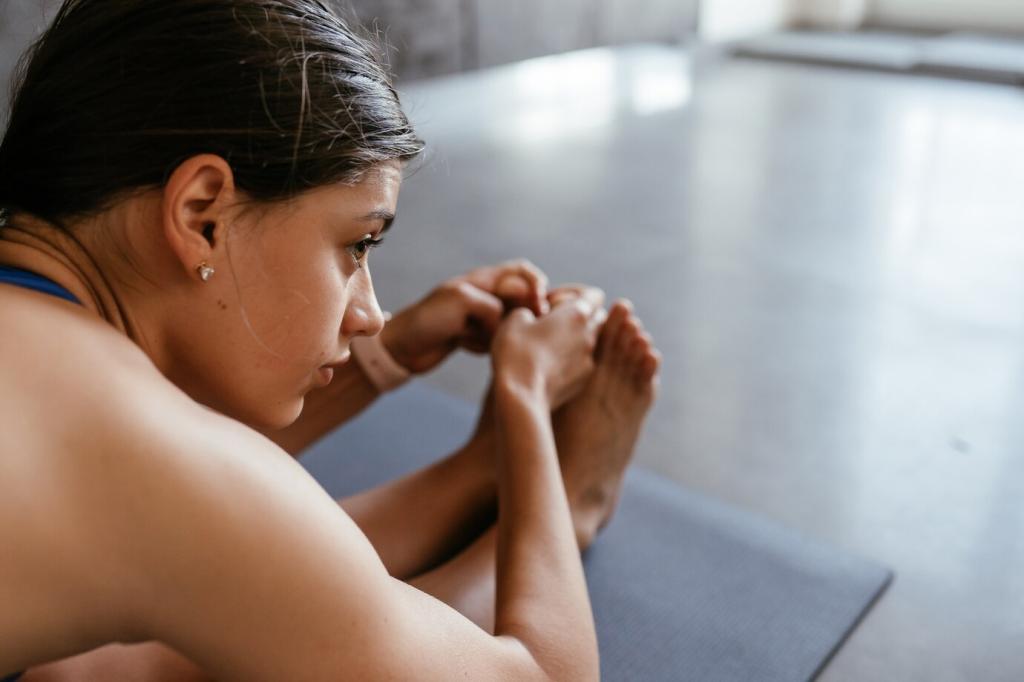Long-Game Strategy: Periodizing Mind Training
Start with five to ten minutes daily, anchored to an existing habit. Focus on breath and body awareness. The goal is reliability, not intensity. This foundation reduces noise so technical changes land more smoothly during heavier training blocks later.
Long-Game Strategy: Periodizing Mind Training
Shift to shorter, targeted sessions that mirror competition demands: cue rehearsal, start routines, recovery breaths between high-intensity efforts. Visualize exact environments—crowd sound, lighting, pacing. Specificity turns abstract calm into actionable, sport-tuned readiness under pressure.
Long-Game Strategy: Periodizing Mind Training
Reduce volume, increase quality. Two to three micro-sessions per day, sixty to one hundred twenty seconds each. Emphasize confidence statements, relaxed exhale, and first-action clarity. Protect sleep. Share your cues with a teammate to reinforce commitment and mutual accountability.
Long-Game Strategy: Periodizing Mind Training
Lorem ipsum dolor sit amet, consectetur adipiscing elit. Ut elit tellus, luctus nec ullamcorper mattis, pulvinar dapibus leo.




